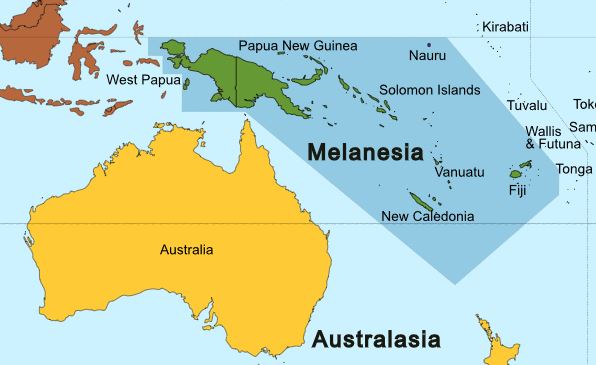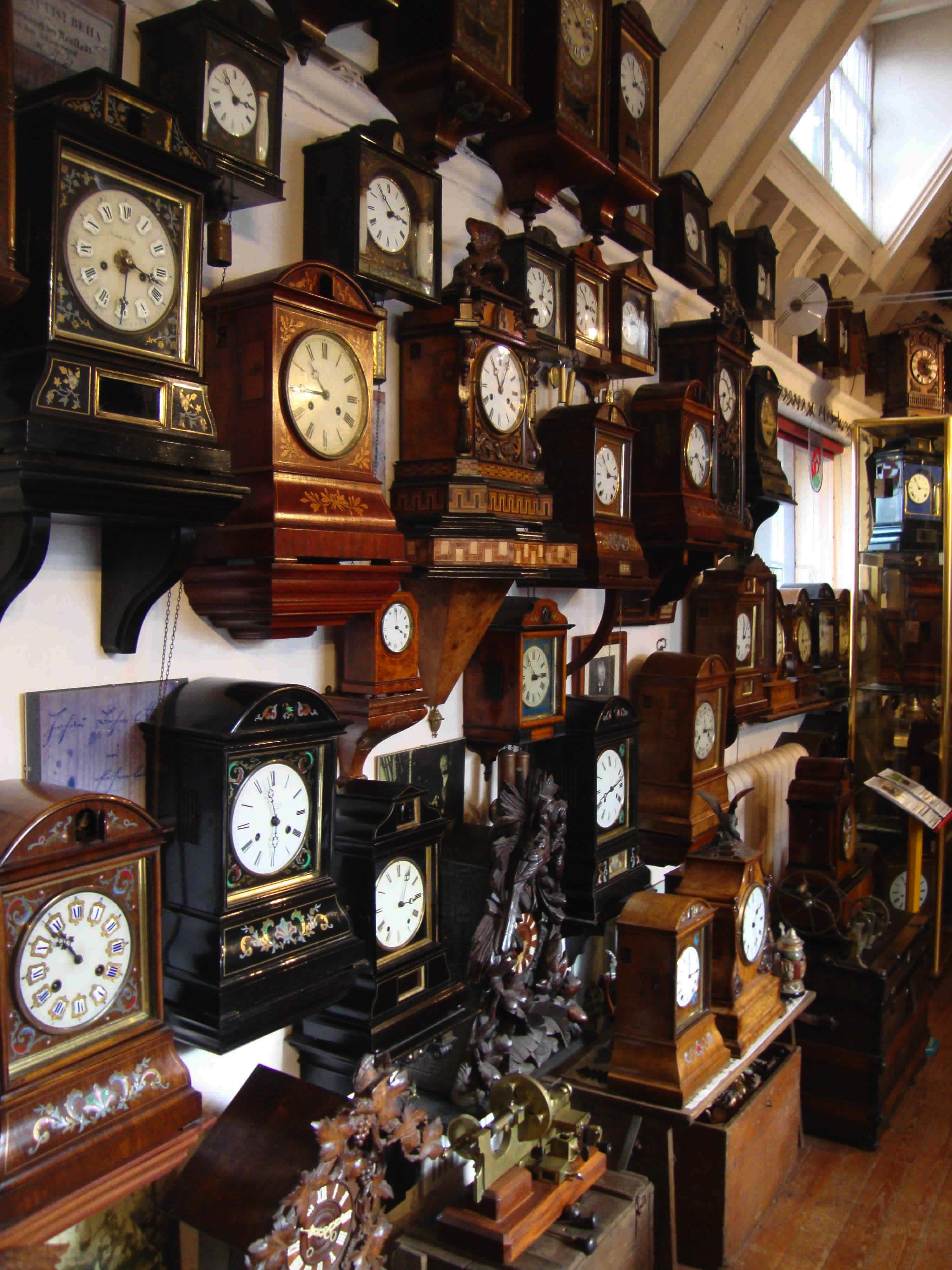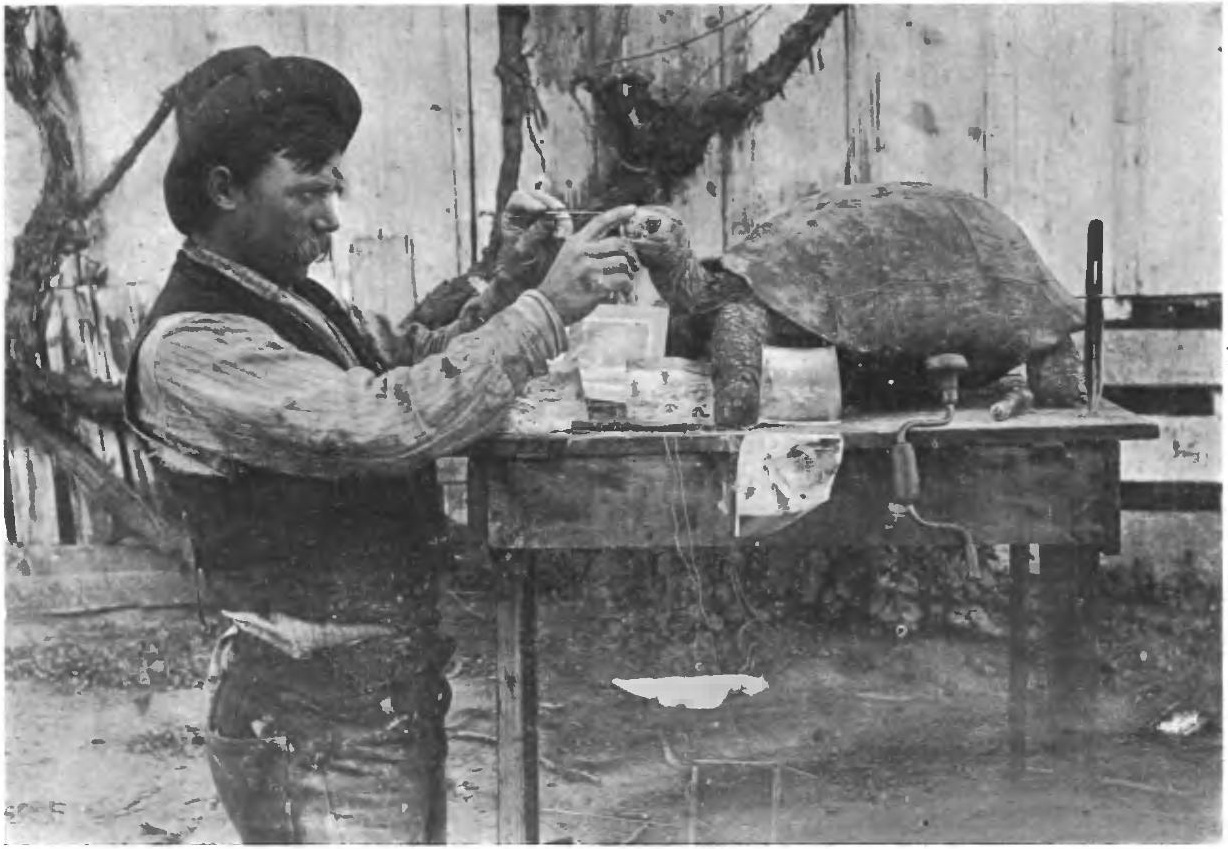|
Leonard Cutler Sanford
Leonard Cutler Sanford (September 19, 1869 – December 7, 1950) was an American surgeon and amateur ornithologist who served as a trustee of the American Museum of Natural History for nearly thirty years and who was instrumental in building up its bird collections. Early years Sanford was born in New Haven, Connecticut. He graduated from Yale University and pursued a successful career as a surgeon. However, his main interest throughout his life was ornithology. He became an Associate of the American Ornithologists' Union in 1902, and a Life Associate in 1919. American Museum of Natural History Although Sanford was elected a trustee of the museum in February 1921, his association with the institution had begun much earlier. As well as acquiring many specimens of rare and extinct species for the museum's collection, he instigated a major collecting expedition to South America by persuading philanthropist Frederick F. Brewster of New Haven to finance it. The Brewster-Sanford Exp ... [...More Info...] [...Related Items...] OR: [Wikipedia] [Google] [Baidu] |
New Haven, Connecticut
New Haven is a city of the U.S. state of Connecticut. It is located on New Haven Harbor on the northern shore of Long Island Sound. With a population of 135,081 as determined by the 2020 United States census, 2020 U.S. census, New Haven is List of municipalities in Connecticut, the third largest city in Connecticut after Bridgeport, Connecticut, Bridgeport and Stamford, Connecticut, Stamford, the largest city in the South Central Connecticut Planning Region, Connecticut, South Central Connecticut Planning Region, and the principal municipality of Greater New Haven metropolitan area, which had a total population of 864,835 in 2020. New Haven was one of the first Planned community, planned cities in the U.S. A year after its founding by English Puritans in 1638, eight streets were laid out in a four-by-four Grid plan, grid, creating the "Nine Square Plan". The central common block is New Haven Green, the New Haven Green, a square at the center of Downtown New Haven. The Green is n ... [...More Info...] [...Related Items...] OR: [Wikipedia] [Google] [Baidu] |
Bird Collections
Bird collections are curated repositories of scientific Biological specimen, specimens consisting of birds and their parts. They are a research resource for ornithology, the science of birds, and for other scientific disciplines in which information about birds is useful. These collections are archives of avian diversity and serve the diverse needs of scientific researchers, artists, and educators. Collections may include a variety of preparation types emphasizing preservation of feathers, skeletons, soft tissues, or (increasingly) some combination thereof. Modern collections range in size from small teaching collections, such as one might find at a nature reserve visitor center or small college, to large research collections of the world's major List of natural history museums, natural history museums, the largest of which contain hundreds of thousands of specimens. Bird collections function much like libraries, with specimens arranged in drawers and cabinets in taxonomic order, ... [...More Info...] [...Related Items...] OR: [Wikipedia] [Google] [Baidu] |
Gertrude Vanderbilt Whitney
Gertrude Vanderbilt Whitney (January 9, 1875 – April 18, 1942) was an American sculptor, art patron and collector, and founder in 1931 of the Whitney Museum of American Art in New York City. She was a prominent social figure and hostess, who was born into the wealthy Vanderbilt family and married into the Whitney family. Early life Gertrude Vanderbilt was born on January 9, 1875, in New York City, the second daughter of Cornelius Vanderbilt II (1843–1899) and Alice Claypoole Gwynne (1852–1934), and a great-granddaughter of "Commodore" Cornelius Vanderbilt. Her older sister died before Gertrude was born, but she grew up with several brothers and a younger sister. The family's New York City home was an opulent mansion at 742–748 Fifth Avenue., also known as 1 West 57th Street. As a young girl, Gertrude spent her summers in Newport, Rhode Island, at the family's summer home, The Breakers, where she kept up with the boys in all their rigorous sporting activities. She ... [...More Info...] [...Related Items...] OR: [Wikipedia] [Google] [Baidu] |
Melanesia
Melanesia (, ) is a subregion of Oceania in the southwestern Pacific Ocean. It extends from New Guinea in the west to the Fiji Islands in the east, and includes the Arafura Sea. The region includes the four independent countries of Fiji, Vanuatu, Solomon Islands, and Papua New Guinea. It also includes the West New Guinea, Indonesian part of New Guinea, the French overseas collectivity of New Caledonia, and the Torres Strait Islands. Almost all of the region is in the Southern Hemisphere; only a few small islands that are not politically considered part of Oceania—specifically the northwestern islands of Western New Guinea—lie in the Northern Hemisphere. The name ''Melanesia'' (in French, ''Mélanésie'') was first used in 1832 by French navigator Jules Dumont d'Urville: he coined the terms ''Melanesia'' and ''Micronesia'' to go alongside the pre-existing ''Polynesia'' to designate what he viewed as the three main Ethnicity, ethnic and geographical regions forming the Pacif ... [...More Info...] [...Related Items...] OR: [Wikipedia] [Google] [Baidu] |
Polynesia
Polynesia ( , ) is a subregion of Oceania, made up of more than 1,000 islands scattered over the central and southern Pacific Ocean. The indigenous people who inhabit the islands of Polynesia are called Polynesians. They have many things in common, including Polynesian languages, linguistic relations, Polynesian culture, cultural practices, and Tradition, traditional beliefs. In centuries past, they had a strong shared tradition of sailing and Polynesian navigation, using stars to navigate at night. The term was first used in 1756 by the French writer Charles de Brosses, who originally applied it to all the list of islands in the Pacific Ocean, islands of the Pacific. In 1831, Jules Dumont d'Urville proposed a narrower definition during a lecture at the Société de Géographie of Paris. By tradition, the islands located in the South Seas, southern Pacific have also often been called the South Sea Islands, and their inhabitants have been called South Sea Islanders. The Hawai ... [...More Info...] [...Related Items...] OR: [Wikipedia] [Google] [Baidu] |
Micronesia
Micronesia (, ) is a subregion of Oceania, consisting of approximately 2,000 small islands in the Northwestern Pacific Ocean. It has a close shared cultural history with three other island regions: Maritime Southeast Asia to the west, Polynesia to the east, and Melanesia to the south—as well as with the wider community of Austronesian peoples. The region has a tropical marine climate and is part of the Oceanian realm. It includes four main archipelagos—the Caroline Islands, the Gilbert Islands, the Mariana Islands, and the Marshall Islands — as well as numerous islands that are not part of any archipelago. Political control of areas within Micronesia varies depending on the island, and is distributed among six sovereign nations. Some of the Caroline Islands are part of the Republic of Palau and some are part of the Federated States of Micronesia (often shortened to "FSM" or "Micronesia"—not to be confused with the identical name for the overall region). The Gi ... [...More Info...] [...Related Items...] OR: [Wikipedia] [Google] [Baidu] |
Collection (museum)
A museum is distinguished by a collection of often unique objects that forms the core of its activities for exhibitions, education, research, etc. This differentiates it from an archive or library, where the contents may be more paper-based, replaceable and less exhibition oriented, or a private collection of art formed by an individual, family or institution that may grant no public access. A museum normally has a collecting policy for new acquisitions, so only objects in certain categories and of a certain quality are accepted into the collection. The process by which an object is formally included in the collection is called ''accessioning'' and each object is given a unique accession number. Museum collections, and archives in general, are normally catalogued in a collection catalogue, traditionally in a card index, but nowadays in a computerized database. Transferring collection catalogues onto computer-based media is a major undertaking for most museums. All new acquis ... [...More Info...] [...Related Items...] OR: [Wikipedia] [Google] [Baidu] |
Whitney South Seas Expedition
The Whitney South Sea Expedition (1920 - 1941) to collect bird specimens for the American Museum of Natural History (AMNH), under the initial leadership of Rollo Beck, was instigated by Leonard Cutler Sanford, Dr Leonard C. Sanford and financed by Harry Payne Whitney, a thoroughbred horse-breeder and philanthropist. It was administered by a committee at the AMNH and became a focus for attracting funds for research on the biota of the Pacific islands. The expedition visited islands in the south Pacific region and eventually returned with over 40,000 bird specimens, many plant specimens and an extensive collection of Anthropology, anthropological items and photographs. Using the 75-ton schooner ''France'',Robert Cushman Murphy, Murphy, Robert Cushman]The Whitney South Sea Expedition of the American Museum of Natural History ''Science'', pp. 701-2. ''Science (journal), Science''. Retrieved 22 December 2014. with many different scientists and collectors participating over more than a ... [...More Info...] [...Related Items...] OR: [Wikipedia] [Google] [Baidu] |
Harry Payne Whitney
Harry Payne Whitney (April 29, 1872 – October 26, 1930) was an American businessman, thoroughbred horse breeding, horse breeder, and member of the prominent Whitney family. Early years Whitney was born in New York City on April 29, 1872, as the eldest son of Flora Payne and William C. Whitney (1841–1904), a very wealthy businessman and United States Secretary of the Navy. Whitney was the elder brother of William Payne Whitney (1876–1927). His sister Pauline Payne Whitney (1874–1916) married Almeric Hugh Paget, 1st Baron Queenborough (1861–1949), and his youngest sister Dorothy Payne Whitney (1887–1968) was married to Willard Dickerman Straight (1880–1918), and later to Leonard Knight Elmhirst (1893–1974) after Straight's death. Whitney studied at Groton School in Groton, Massachusetts, then attended Yale University, graduating in 1894. He was a member of the Skull and Bones. After Yale, he spent two years at Columbia Law School, but he never finished the course ... [...More Info...] [...Related Items...] OR: [Wikipedia] [Google] [Baidu] |
Robert Cushman Murphy
file:The American Museum journal (c1900-(1918)) (18156963552).jpg, The whaling ship, ''Daisy'', which Murphy traveled on to the Antarctic Robert Cushman Murphy (April 29, 1887 – March 20, 1973) was an American ornithologist and Lamont Curator of birds at the American Museum of Natural History. He went on numerous oceanic expeditions and was an expert on marine birds, and wrote several major books on them. He described a species of petrel which is now known as Murphy's petrel. Mount Murphy in Antarctica and Murphy Wall in South Georgia Island, South Georgia are named after him. Life and work Murphy was born in Brooklyn, New York, to Thomas D. Murphy and Augusta Cushman. Around 1906 Murphy assisted Frank Chapman at the American Museum of Natural History and read the proofs of ''Warblers of North America''. He was an undergraduate at Brown University, where he graduated in 1911. He married Grace Emeline Barstow in 1911 who he met as a student at Brown University. Grace persuaded R ... [...More Info...] [...Related Items...] OR: [Wikipedia] [Google] [Baidu] |
Rollo Beck
Rollo Howard Beck (26 August 1870 – 22 November 1950) was an American ornithologist, bird collector for museums, and explorer. Beck's petrel and three taxa of reptiles are named after him, including a subspecies of Galápagos tortoise, ''Chelonoidis nigra becki'' from Volcán Wolf. A paper by Fellers examines all the known taxa named for Beck. Beck was recognized for his extraordinary ability as a field worker by Robert Cushman Murphy as being "in a class by himself," and by University of California at Berkeley professor of zoology Frank Pitelka as "''the'' field worker" of his generation. Early years Rollo Howard Beck was born in Los Gatos, California, and grew up in Berryessa working on apricot and prune orchards. He completed only an 8th grade education, but took an early interest in natural history, trapping gophers after school on neighborhood farms. One of his neighbors, Frank H. Holmes, was a good friend of the ornithologist Theodore Sherman Palmer. Palmer also in ... [...More Info...] [...Related Items...] OR: [Wikipedia] [Google] [Baidu] |






